iPhone 4 and FaceTime – Apple’s biggest smokescreen
The iPhone 4 has been unveiled by Steve Jobs at this year’s WWDC to the heroes welcome you’d expect from the resident fan boys. Jobs has called it the “… platform’s biggest advance since the original model’s intro back in 2007”, which is a big bold claim to make.
It’s also patently false!
Read on for full details of the new iPhone 4.
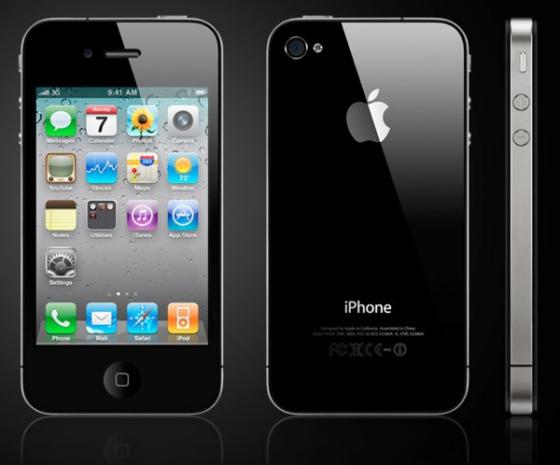
To claim that the iPhone 4 is the biggest advance in the iPhone since it was launched tells you something about either Apple or Jobs: either the iPhone has hardly evolved since its launch, or that Jobs might be trying to spin things a little!
In short, it’s a good improvement over last year’s model, but there’s no killer must-have feature, and it brings the iPhone in line with some of the features of Android phones from the likes of HTC and Sony Ericsson. There’s no knock out blow, and despite some nifty tricks, it’s clear that innovation in the mobile space has now shifted from Apple to Android.
OK, that said, what does the iPhone 4 give us?
iPhone 4 features
- Apple A4 CPU (as in the iPad)
- 3.5″ screen with a huge 960 x 640 resolution
- 720p HD video recording at 30 frames per second
- 802.11b/g/n WiFi
- 5 megapixel camera with LED flash and auto focus
- Front-facing VGA camera
- 6-axis motion sensor thanks to Accelerometer, compass and gyroscope
- 25% thinner than the iPhone 3GS (just 9.3mm thin)
- Multitasking
- iAd mobile advertising platform ( same as on the iPad)
These features are good, but they’re typical of nearly all top-end smartphones these days. Indeed, looking at the difference between the iPhone 4 and its predecessor, you can see that the iPhone 4 is a definite improvement, but only an incremental one.
The iPhone 4’s biggest improvement is the screen, which has an extremely impressive resolution of 960 x 640 pixels. This, apparently, is one of the best displays on the market today, at least in terms of pixel count (and therefore the fineness of the resolution).
The rest of the features merely match other phones, though – they don’t overtake them.
The iPhone was never about features, though; it was about the overall user experience, with the user interface in particular being its wow factor. So what does the iPhone 4 have to offer that’s new with the user experience?
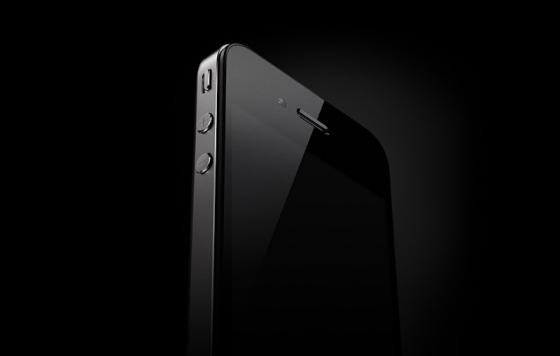
The iPhone 4 – a new user experience?
So does the iPhone 4 offer a brand new user experience? Well, no. It’s the same iPhone experience, with just a few extra features borrowed from the iPad tacked on.
Folders, for example, let you group related apps into, well, a folder, while iBooks let you buy and read books. Both of these come straight from the iPad, but then this shouldn’t be too much of a surprise, as in nearly every sense, the iPad and iPhone 4 share exactly the same operating system (now called iOS 4).
Worse, the end result is simply an extension of of the existing iPhone user experience, and isn’t exactly a great leap forward.
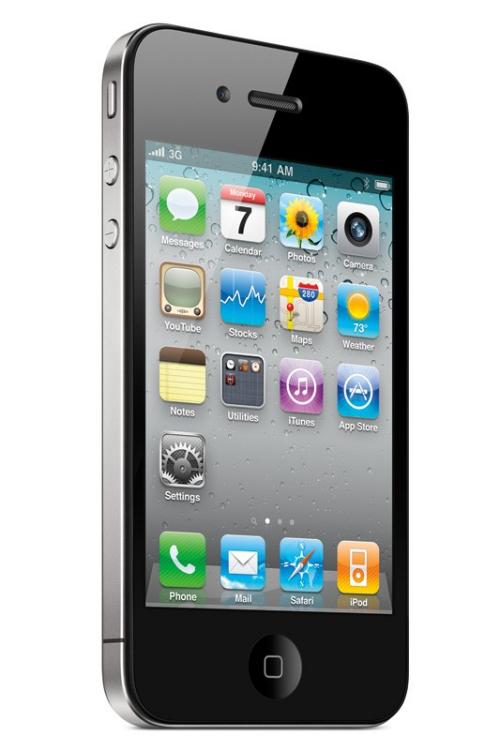
FaceTime – a 7 year old video calling app
Perhaps the biggest new feature of the iPhone 4 is Apple’s new FaceTime video calling app. This is a new app that lets you carry out a video call using two iPhone 4s.
This works exactly as you’d expect a video call to work. In fact, exactly as video calling has worked since the first 3G phones became available back in 2003!
The only difference is that with the iPhone 4, you can’t use the mobile network – you can only use WiFi instead. Worse, the result is still just as jerky as video calling has always been, despite the better data transfer rates of WiFi.
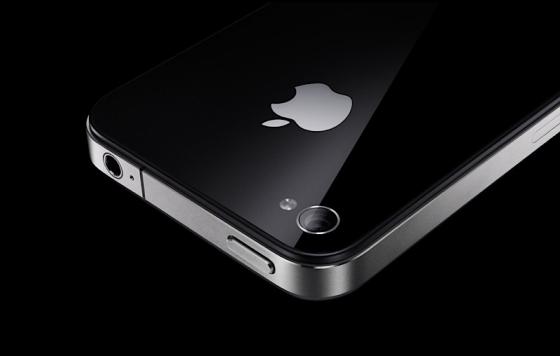
I hope Apple don’t make a big deal of video calling. It never took off because it was always lame – it’s just a gimmick. Making a big deal about a gimmick that the rest of the world has had for seven years would be lamer still.
Oh wait – Jobs has said this in the press release:
“FaceTime video calling sets a new standard for mobile communication…We have been dreaming about [this] breakthrough for decades”
Seriously?! For decades?! The technology’s been around since 2003!
Call me cynical but I think it’s no more than a giant Apple smokescreen. It’s far more likely that Apple execs, concerned that the iPhone 4 had nothing new to show the eagerly awaiting press and Fanboys other than a fancy new screen, decided to throw in a last minute gimmick that lets the tech blogs post pics and videos that look flashy.
“Oooh, look it does video calls – it’s the future” coo the excited Masses.
Or as a small boy once said “look, mummy, Emperor Jobs is wearing new clothes!”
Lame, lame, lame!
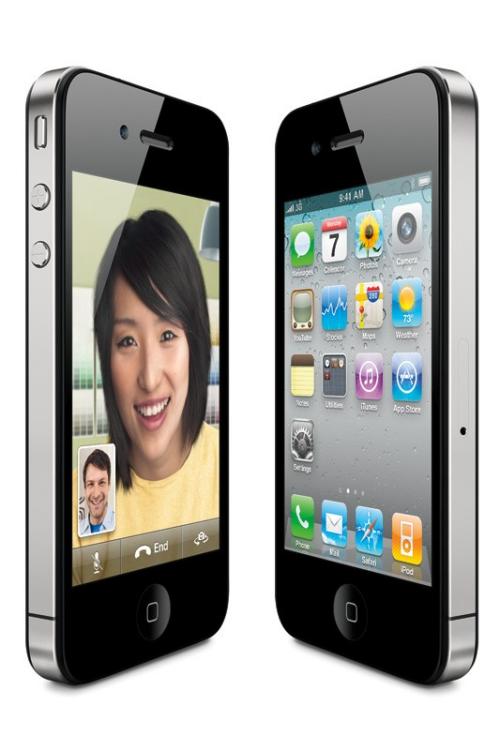
iPhone 4 release date
Apple fanboys desperate to get their hands on Apple’s latest wonder will be pleased to know that the iPhone 4 release date is set for June 15th (for preorder) for the US, UK, Germany, France and Japan, and by the end of September everywhere else.
It comes in either black or white and will be available in the US for a suggested retail price of $199 (US) for the 16GB model and $299 (US) for the 32GB model.
The price of the existing iPhone 3GS model has also fallen to just $99 in the US.
Final thoughts
The iPhone 4 is a great smartphone, of that there’s no doubt. Although I’ve ranted a fair bit in this post, I don’t want you to think it’s a bad phone.
But at the same time, don’t be fooled by Jobs’s hype. It’s not a revolutionary phone, FaceTime is a simple gimmick that’s been around on 3G phones for 7 years (and which I guarantee you’ll never use), and if this is the most revolutionary iPhone since the platform’s launch, then Apple’s innovation department has seriously stalled.
With version 4, the iPhone is now as good as Android phones such as the HTC Evo and Sony Ericsson Xperia X10 – not better. Its screen is certainly better, but its user interface is simply different, and it has more apps – at the moment.
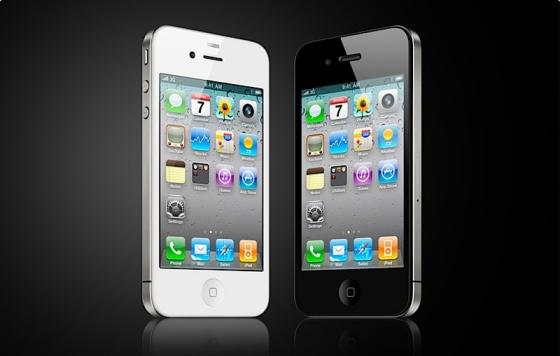
But in terms of innovation, Apple are no longer defining the mobile agenda – they’re following it, and are barely catching up. Apple have been at the forefront of mobile innovation since 2007, but 2010 is the year they’ve slipped behind. FaceTime is just a huge smokescreen, designed to make you think there’s more to the iPhone 4 than there really is.
The iPhone has now become just another smartphone platform. It’s still a great platform but it’s no longer unique.
Jobs’s worst nightmare just came true: the competition caught up.
